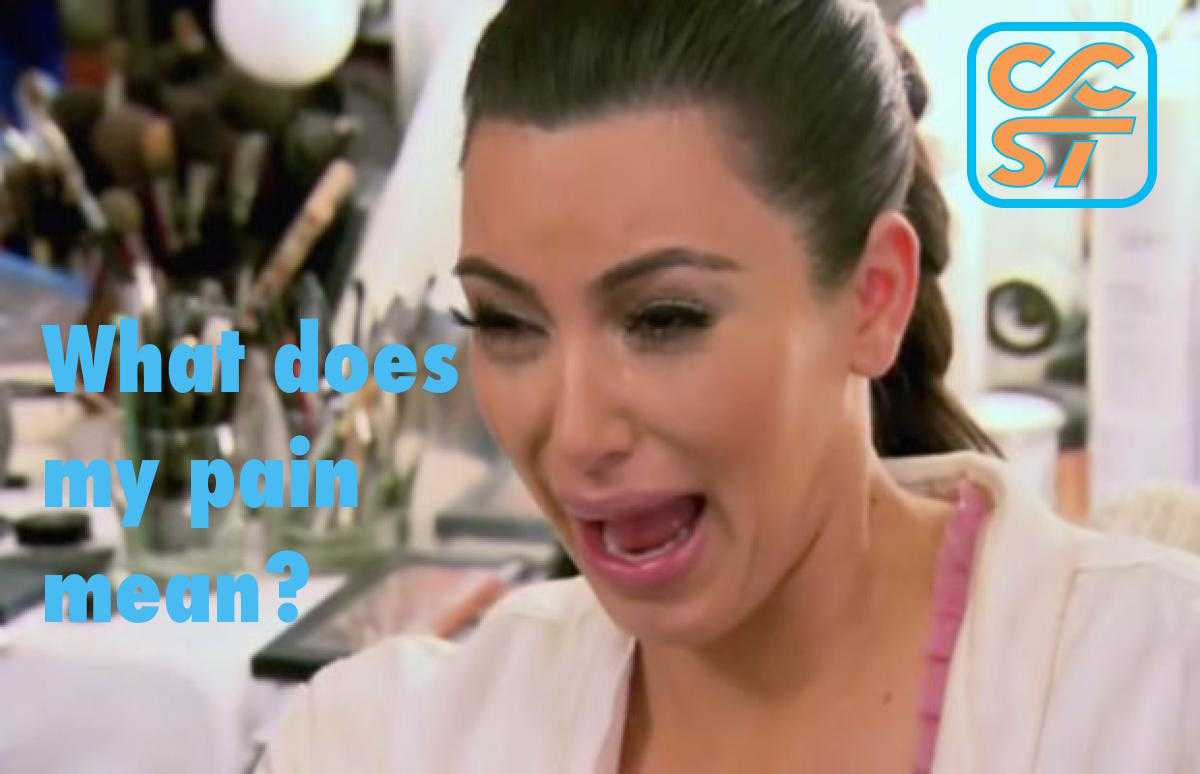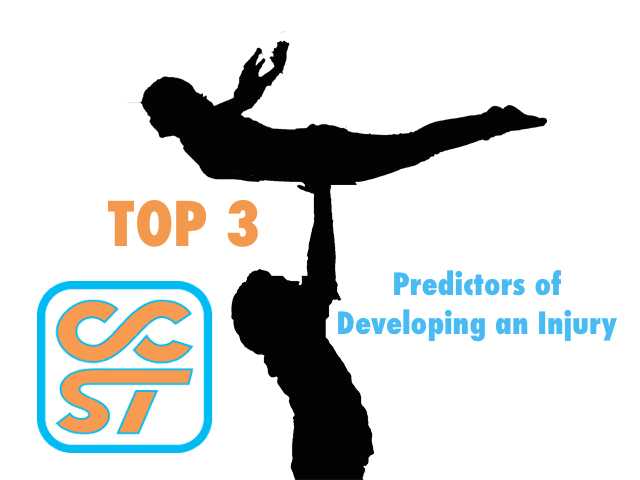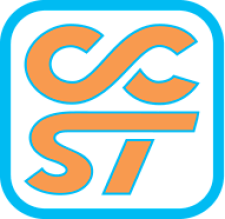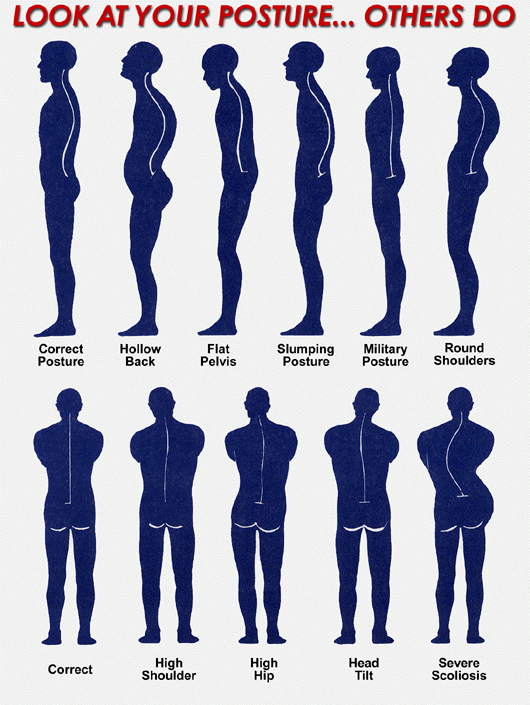Most people develop pain the same way; like constant sitting, lifting, silly mistake or by maybe trying to ‘keep up with the Kardashians’ too much. When, where and why someone has pain is usually a strong indicator as to what caused the pain. In most cases pain is predictable which can make it easier to identify and predict injuries, especially if you are observant!
As a disclaimer, the below statements just provide general information on types of pain, which DOES NOT replace the careful, educated assessment from a trained health care professional.
Dull/Achy/Sore:
Non-specific pain is typically of muscular in origin and likely due to a repetitive strain injury. Usually there is no good reason as to why someone has this pain (no clear mechanism of injury). Think about how your shoulders feel right now to get an idea of what I am talking about. This can lead to sharp pain if an activity that aggravates this pain is done repetitively.
You can typically train through without this type of pain without immediate/serious consequence. Stretching and exercise can help this type of pain as long as it is the right type of stretch/exercise (like these wonderful suggestions from Dr. Kangarloo), otherwise it can also progress or aggravate your pain if done incorrectly.
Sharp/Stabbing:
Usually means stop doing the activity that causes the pain, duh! Something has been pinched/compressed or has become injured. Sharp pain is usually directly correlated to inflammation. Tissues involved can be muscle, nerve or joint. Commonly has a defined mechanism of injury or is the active symptomatic stage of a repetitive strain injury.
Ice, compression and temporary rest (avoiding activities that cause the pain) help as does getting an accurate diagnosis and treatment plan. Stretching does not usually help (think about it, does it make sense to stretch something that is inflamed). Personally, I see many people in this stage of injury who just waited for their pain to go away but it never really does; kind of like how Kimmy Gibbler tormented members of the Tanner family over the years.
Numb/Tingly/Prickly:
Usually a sign of nerve injury, most commonly nerve compression/impingement. In most cases these sensations tend to be on/off (non-constant). Avoid stretching (as nerves do not like being stretched when they causing sensations like this) and find the root cause by getting treatment under the supervision of a trained professional. If left untreated this can lead to long-term damage/dysfunction.
Shooting/Searing/Burning:
Ahhh! This is an indicator of a more serious tissue (muscle, nerve and/or joint) injury. Usually occurs when a muscle is torn or severely strained with signs of substantial inflammation and possible nerve involvement. Activity should be stopped immediately and you should make a point to solicit a medical consultation as soon as you can as leaving issues like this could result in serious injury/surgery.
With all types of pain, the gold standard of relief is consulting a properly trained health professional (the link is a shameless CCST plug) who can accurate diagnose and provide result-oriented hands-on therapy with accompanying advice on self/home care. It is important to note that if the right diagnosis is made and coupled with the right treatment, results can be expected even within one treatment!
Keep in mind that surgery or invasive therapies are rarely needed so be careful when consulting Dr. Google who tends to provide the scariest and/or worst possible injury/pain diagnoses.
Written by Dr. Alim Kara BSc, DC




